Have you ever pondered over the pricing of different materials? The general understanding is that it boils down to the principles of supply and demand. If something is rare, its value tends to be higher compared to readily available items.
However, rarity is not the sole determining factor. The cost and complexity of production also play a significant role in pricing. While this concept seems straightforward, we’ve come across an intriguing question: Why is gold cheaper than diamonds?
It’s a valid inquiry that raises further questions. Gold has served as a basis for currency in many societies throughout history. So, how do these sparkling gemstones manage to hold higher value than the very foundation of our monetary systems? Are they truly that scarce or challenging to produce?
The price of diamonds is indeed a complex matter. To comprehend and compare it to the price of gold, we must delve into a few important aspects.
DESIGN YOUR OWN ENGAGEMENT RING: START WITH A SETTING OR START WITH A DIAMOND. IT’S REALLY UP TO YOU!
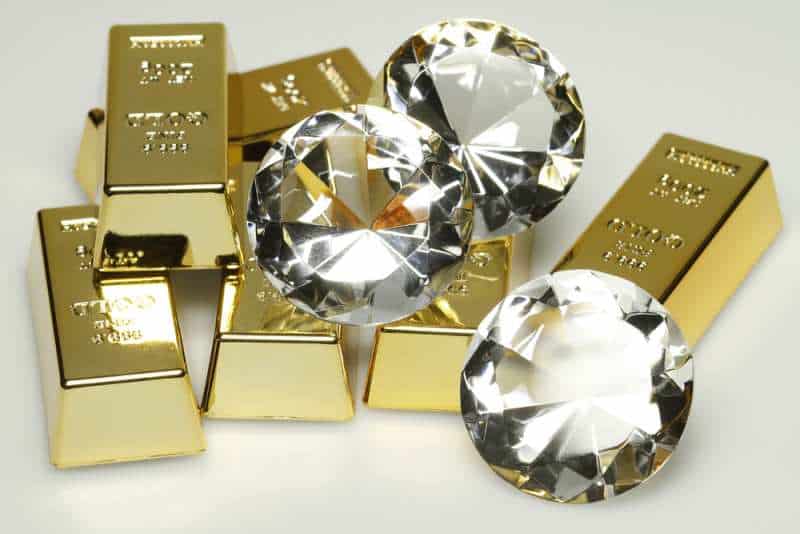
Why Is Gold Cheaper Than Diamonds?
To address the question of why gold is considered cheaper than diamonds, we must first acknowledge that comparing the two can be a bit perplexing to the untrained eye.
While it is true that some diamonds are more expensive than gold, this does not apply to all diamonds. Moreover, there are various types of gold that exist beyond what one might initially think.
The key lies in understanding that pure gold holds the most value and serves as a secure investment. Similar to diamonds, the value of gold is determined by professionals who assess its quality. However, before we delve into the pricing details of diamonds and gold, let’s clarify a couple of things.
Naturally mined gold is too soft to be used for jewelry and is therefore mixed with other metals. The value of gold is dependent on the quantity of pure gold present. Gold bars, for instance, are typically made entirely of pure gold.
Now, let’s attempt to compare the value of gold to diamonds. However, we encounter a challenge in making a direct comparison due to the inherent uniqueness of diamonds. Top-of-the-line diamonds are rarely identical, considering factors such as size, purity, and levels of discoloration.
It’s worth noting that diamonds are seldom sold in their natural state. The profit margin is higher for perfectly cut and shaped diamonds, while rough diamonds may have multiple purposes and applications.
To illustrate, let’s consider a hypothetical example for comparison. On one hand, we have 1 carat of perfectly cut, colorless diamonds, and on the other hand, we have an equivalent weight of pure gold. The diamonds have already undergone cutting and exhibit exceptional quality, while the gold is pure without any alloy metals. Which holds greater worth?
The diamonds unquestionably hold more value. There’s a significant disparity between the two: 1 carat of diamonds can be worth anywhere between $3,600 and $6,500, while the gold is valued at an average of approximately $10.
However, it’s essential to acknowledge the multitude of factors involved. Carat weight is merely a measurement and does not encompass all the relevant considerations. The diamond prices mentioned are reserved for the purest and most impeccably cut diamonds, which are significantly rarer than rough diamonds. The cost is influenced not only by weight but also by factors such as the cut and clarity of the diamond.
On the other hand, diamonds are composed solely of carbon and nothing else, and they are not as rare as one might assume. Gold, in comparison, is a relatively rare heavy metal, particularly when compared to diamonds.
So, what’s the underlying reason behind this discrepancy? Well, diamonds do not possess a fixed price. While there is a valuation system in place, it is susceptible to manipulation. For instance, when selling a diamond, a buyer can seek a lower evaluation from another appraiser. Furthermore, the supply and demand of diamonds are often adjusted by mining corporations to suit their interests. They can halt mining operations or retain diamonds to increase demand while limiting supply.
In contrast, gold functions as a form of currency within a free market economy. Its value may fluctuate but not to the same extent. Gold, as a material, adheres to the principles of supply and demand.
In summary, the pricing dynamics of diamonds and gold are distinct, influenced by various factors, and subject to manipulation in the case of diamonds.
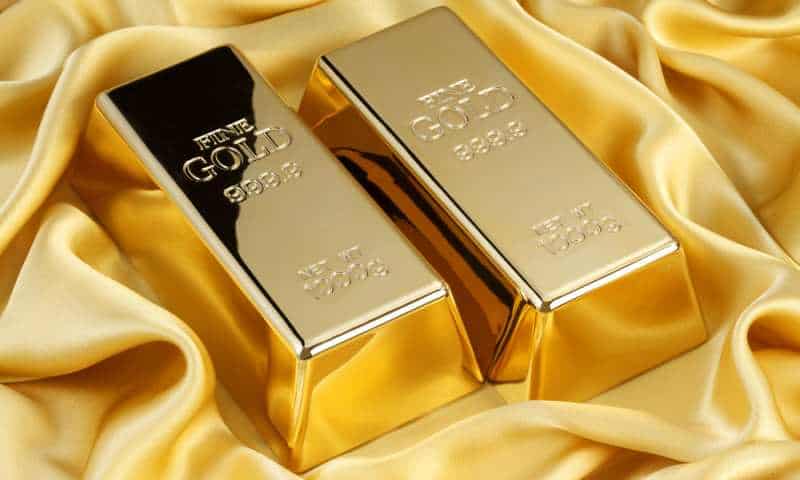
How Does Gold Get Valued?
You may have noticed that we’ve been using the term “carat” several times. Now, let’s switch gears and introduce a related term: “karat.”
Indeed, a carat is a unit of weight used for measuring diamonds. However, it’s worth noting that as a weight measurement, it can be applied to various objects. For example, you can rightfully state that you possess a 24-carat piece of gold.
Nevertheless, when it comes to gold, its weight is typically expressed in grams, kilograms, and so on.
The challenge with carats is that they represent a weight of 0.2 grams. This measurement suits diamonds since obtaining several kilograms of diamonds would be quite rare.
On the other hand, gold is often sold in larger quantities due to its lower value. For instance, a gold bar weighs around 12.4 kilograms.
Now, let’s delve into the term “karat,” which indicates the purity of gold. The karat measurement assesses the amount of gold mixed with other metals in order to maintain stability.
For example, a 14 karat piece of gold consists of 14 units of gold and ten units of other metals. A 24 karat gold plate signifies pure gold without any additional materials mixed in.
Pure gold is usually sold solely as the material itself since it is too soft to retain a specific shape or form.
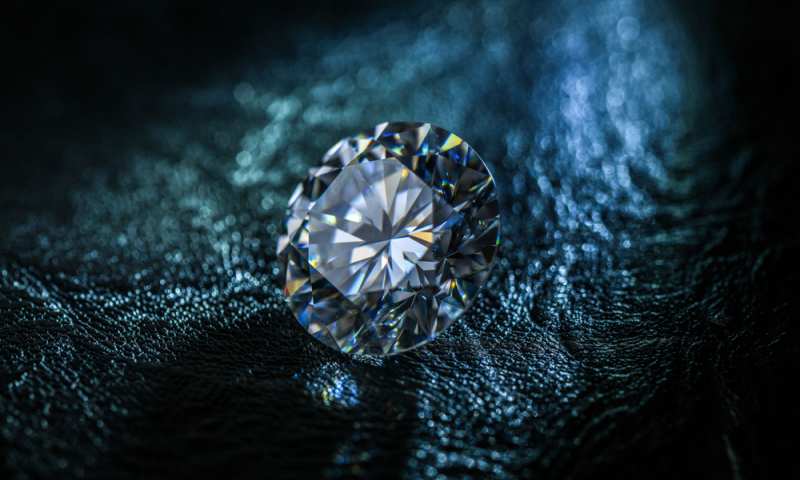
How Do Diamonds Get Valued?
Okay, now let’s dive into the process of evaluating diamonds and determining their value. As we mentioned before, diamonds undergo assessment using a system called the “4Cs,” which stands for color, clarity, cut, and carat.
These four categories hold equal importance in determining the value of a diamond. Initially, when diamonds are in their rough form, they can only be evaluated based on their weight and sometimes clarity. Cutting the diamond reveals potential flaws that may impact its value.
It’s important to note that industrial diamonds are assessed differently and not according to the 4Cs.
Carat:
The carat weight of a diamond, or simply its weight, is the initial factor professionals consider when assessing its potential value. We mentioned earlier that 1 carat is equivalent to 0.2 grams. So, a 5 carat diamond weighs 1 gram. More carats generally mean higher profit potential, but the other Cs must also be taken into account. A large diamond with poor clarity and color will not command a higher price compared to smaller diamonds with excellent grades across all four Cs.
Color:
The color of a diamond plays a significant role in its value. The principle is straightforward: the less color a diamond exhibits, the higher its worth. However, there are guidelines for determining color grades, known as the D-Z scale:
- D: The highest grade represents a colorless diamond.
- H: This grade is nearly perfect, with diamonds appearing colorless but potentially having other imperfections that lower their price.
- N: Diamonds in this grade display a yellow hue and lack transparency. Even if they have no other imperfections, the presence of color prevents them from achieving higher grades.
- Z: The lowest color grade indicates that the diamond is not colorless or transparent but rather exhibits a yellow color. It may or may not have imperfections, as the DHMZ grade specifically covers the color aspect.
Clarity:
Diamond clarity is determined by the presence of blemishes and inclusions. Blemishes refer to surface imperfections such as scratches and spots that obstruct the passage of light. Inclusions, on the other hand, are flaws found within the diamond, including spots, scratches, or anything that interrupts the uninterrupted flow of light.
The clarity scale includes the following grades:
- FL (Flawless): No internal or external faults.
- IF (Internally Flawless): Diamonds in this grade have surface blemishes but no internal inclusions.
- VVS1, VVS2 (Very, Very Slightly Included): These diamonds have no surface blemishes and only slight inclusions that are not visible to the naked eye.
- VS1, VS2 (Very Slightly Included): Similar to VVS grades, but with slightly more visible inclusions under 10x magnification.
- SI1, SI2 (Slightly Included): Inclusions are noticeable with and without magnification.
- I1, I2, I3 (Included): These diamonds have visible faults that can be seen with the naked eye.
Cut:
The final C to consider is the cut of the diamond, which depends on the expertise of the professional responsible for the task. Diamond cutting is considered an art form, and only a limited number of individuals excel in this craft. Their work is, of course, influenced by the other Cs. If a diamond has blemishes and imperfections, its value may decrease. However, a skilled cutter can use their expertise to enhance the diamond’s value. A well-cut diamond may have natural imperfections, but the reputation of the cutter can elevate its price.
These four aspects, the 4Cs, are essential in determining the value of a diamond and ensuring its quality assessment.
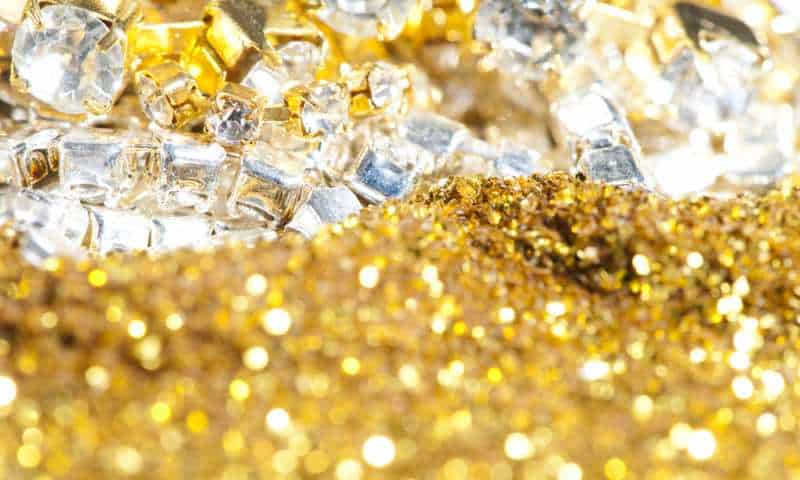
Diamond Or Gold: Which Is The Better Investment?
Now, let’s address the pressing question: Which is a better investment, gold or diamonds?
Regrettably, we must admit that diamonds claim the victory once again. While gold consistently holds value, the price of diamonds has shown a remarkable upward trend. Moreover, even in the worst-case scenario, you can typically recoup your initial investment with diamonds. Gold, on the other hand, experiences fluctuations based on the state of the economy.
One advantage of gold is that its value tends to rise during economic crises. This quality makes it a reliable backup option if you have investments across various sectors.
Nevertheless, we have to award the trophy to diamonds. When it comes to making substantial profits, these precious gems always present a promising opportunity.
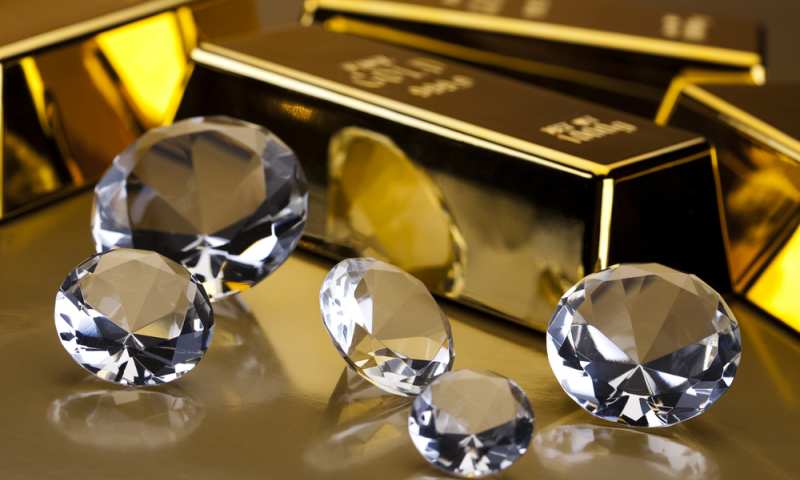
Final Words
So, when we consider the question of “why is gold cheaper than diamond?” the answer becomes clear. While both gold and diamonds hold significant value, diamonds consistently yield higher profits.
However, this does not diminish the worth of gold. It remains a stable investment that can generate substantial returns depending on the prevailing global economic conditions.
If you prefer to avoid the uncertainty of price fluctuations, diamonds are the way to go. With diamonds, the potential for losing money is minimal, making them a reliable investment choice.


